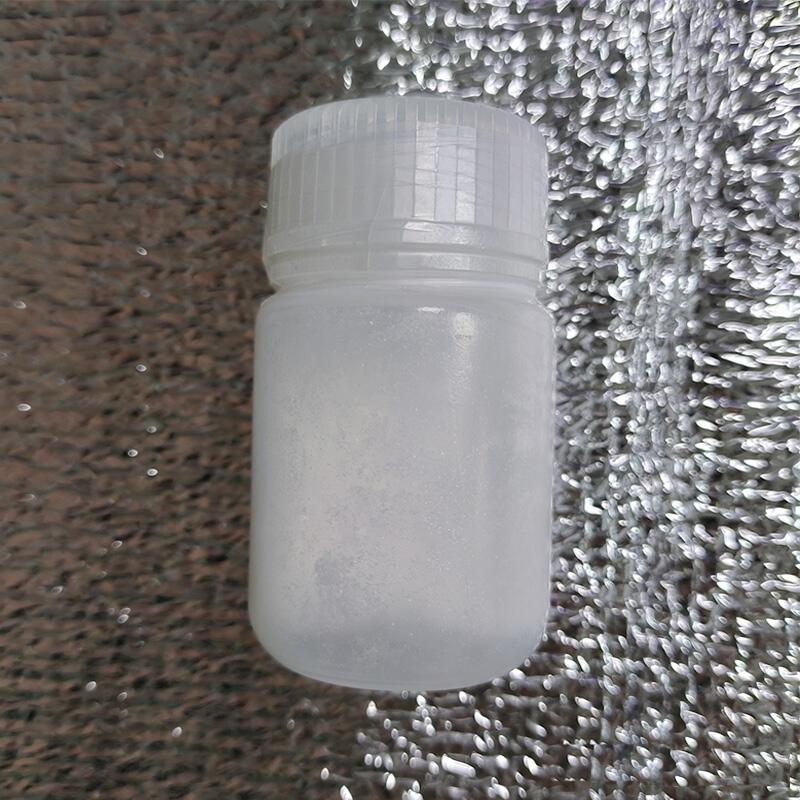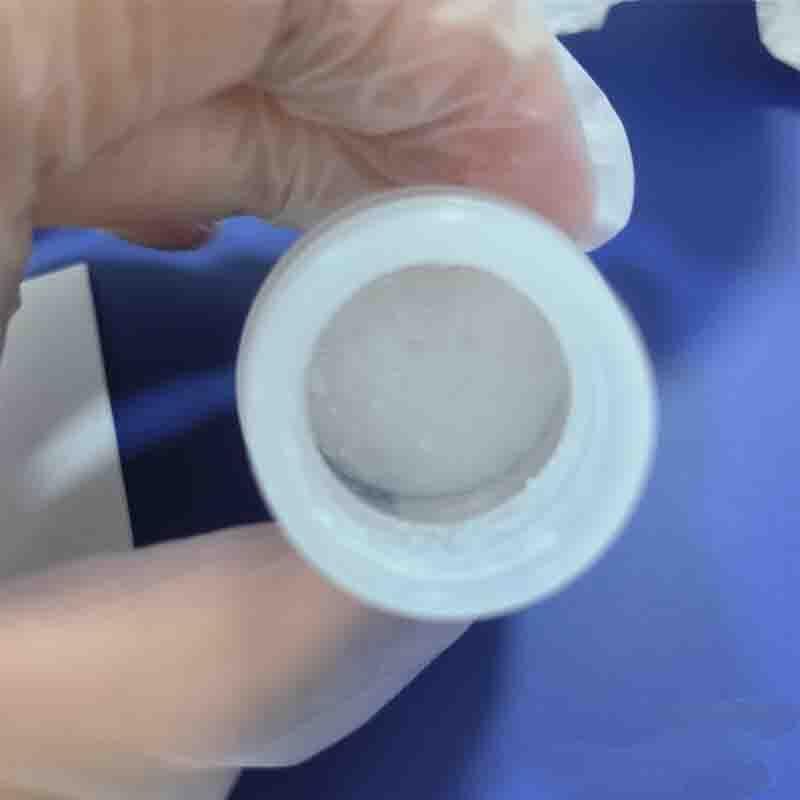-
Categories
-
Pharmaceutical Intermediates
-
Active Pharmaceutical Ingredients
-
Food Additives
- Industrial Coatings
- Agrochemicals
- Dyes and Pigments
- Surfactant
- Flavors and Fragrances
- Chemical Reagents
- Catalyst and Auxiliary
- Natural Products
- Inorganic Chemistry
-
Organic Chemistry
-
Biochemical Engineering
- Analytical Chemistry
-
Cosmetic Ingredient
- Water Treatment Chemical
-
Pharmaceutical Intermediates
Promotion
ECHEMI Mall
Wholesale
Weekly Price
Exhibition
News
-
Trade Service
Recently, Liu Hongwei's team, a researcher at the Institute of Microbiology of the Chinese Academy of Sciences, and Liu Shuangjiang's team found that the active ingredient derived from a medicinal fungus can significantly improve the symptoms of atherosclerosis in
mice.
They further discovered the "secret" in the intestinal flora and found the "key"
to improving atherosclerosis.
The relevant research was recently published in Nature Metabolism
.
1.
Atherosclerosis
Human arteries are elastic and the inner walls of blood vessels are smooth, but over time, almost everyone's blood vessels harden, called arteriosclerosis
.
There will also be some people due to various factors, the inner wall of the arterial blood vessels will have lipid accumulation, fibrous tissue hyperplasia and calcium, that is, the formation of plaque, because the lipids accumulated in the arterial lining appear yellow atherosclerotic, so it is called atherosclerosis
.
In recent years, the age of onset of atherosclerosis has become lower and lower, and even some young adults or children have early atherosclerosis
.
Atherosclerosis mainly affects the large and middle arteries in the body, such as the coronary arteries, that is, the heart arteries, carotid arteries, cerebral arteries, renal arteries, etc.
, which can lead to coronary heart disease, angina pectoris, myocardial infarction, carotid plaque, cerebral infarction and other diseases
.
The causes of atherosclerosis are roughly divided into two types, one can not be changed, such as genetic factors, age factors, gender factors, regional factors, environmental factors and so on
.
There is also one that we can change, such as unhealthy diet, smoking and alcohol, sedentary exercise, obesity, staying up late, stress, high blood pressure, hyperlipidemia, diabetes, hyperuricemia, hyperhomocysteinemia, etc.
, which can be controlled by self-control or drugs
.
Almost all atherosclerosis cannot or is difficult to reverse, according to current data, only a very small number of patients with atherosclerosis can experience plaque reversal through a strict healthy lifestyle, as well as with the necessary drugs; And while reversing plaque, the risk of drug side effects increases significantly, so even if we can encounter a very small number of carotid artery plaque shrinkage and heart plaque shrinkage in the clinic, after all, it is very few
.
Plaque formation is not overnight, but over the years, little by little, just like the rust of a water pipe, it is also formed over many years, and it is impossible to remove these plaques by taking medicine or infusion
.
2.
"Second Genome"
Computer analysis of human gut metagenomics studies showed that the P.
merdae and porA genes were depleted
in the gut microbiome of atherosclerotic individuals.
The findings provide mechanistic insights
into the therapeutic potential of Ganoderma lucidum tetraterpene derivatives (GMD) for the treatment of obesity-related cardiovascular diseases by Med merdae.
Ganoderma lucidum tetraterpene derivatives (GMDs) have been shown to alleviate obesity and hyperlipidemia
by modulating the gut microbiota of obese mice.
Here, we show that GMD prevents obesity-associated atherosclerosis
by increasing the abundance of parabacilli in the gut and enhancing branched-chain amino acid (BCAA) catabolism.
Administering live P.
merdae to ApoE-deficient male mice fed on a high-fat diet reduces atherosclerotic lesions and enhances intestinal BCAA degradation
.
Degradation of branched-chain amino acids is mediated by the porA gene expressed in P.
merdae
.
Removal of porA from P.
merdae impairs its ability to degrade BCAAs and leads to ineffectiveness against atherosclerosis
.
We further show that P.
merdae inhibits the mTORC1 pathway
in atherosclerotic plaques.
To support our preclinical findings, in vivo analysis of human gut metagenomic studies has shown that the P.
merdae and porA genes are depleted
in the gut microbiome of atherosclerotic individuals.
Our findings provide mechanistic insights
into the therapeutic potential of GMD for the treatment of obesity-related cardiovascular disease via P.
merdae.
The study revealed the key role of intestinal microbial dysregulation, especially the abnormal metabolism of intestinal branched-chain amino acids in the occurrence and development of cardiovascular diseases, and proved the important potential
of targeting the regulation of intestinal microbiota microecology in the treatment of cardiovascular diseases.
With the rise of gut microbiome research in recent years, the gut is known as the "second genome" and "new metabolic organ"
of humans and animals.
Intestinal microorganisms can interact with the host immune system, nervous system, circulatory system, etc.
through their own components or the production of specific metabolites, and then carry out complex regulation of liver, brain and other important organs, affecting various physiological activities
of the host.
_msthash="320083" _msttexthash="339053">3.
Further research
However, it is not easy
to find a clear microbial "target".
First, by analyzing the changes in the composition of the microbiota after different cohorts or interventions, the gut bacteria that have changed significantly can be identified and
cultured.
Second, its effectiveness
needs to be proven through animal and clinical trials.
Just as the drug is only more effective in atherosclerotic animals with obesity, precision medicine requires consideration of multiple factors
.
Moreover, the gut is a very complex ecosystem, and the stability and targeting of drug effects need to be explored
at a deeper level.
In addition, it is necessary to further understand the material basis and key genes of the role of gut microbes, and understand the pathways and targets of their action at the host end
.
Only in this way can the causal mechanism
of the gut microbiome be truly established.
Resources:
Qiao S, Liu C, Sun L, Wang T, Dai H, Wang K, Bao L, Li H, Wang W, Liu SJ, Liu H.
Gut Parabacteroides merdae protects against cardiovascular damage by enhancing branched-chain amino acid catabolism.
Nat Metab.
2022 Oct 17.
doi: 10.
1038/s42255-022-00649-y.







